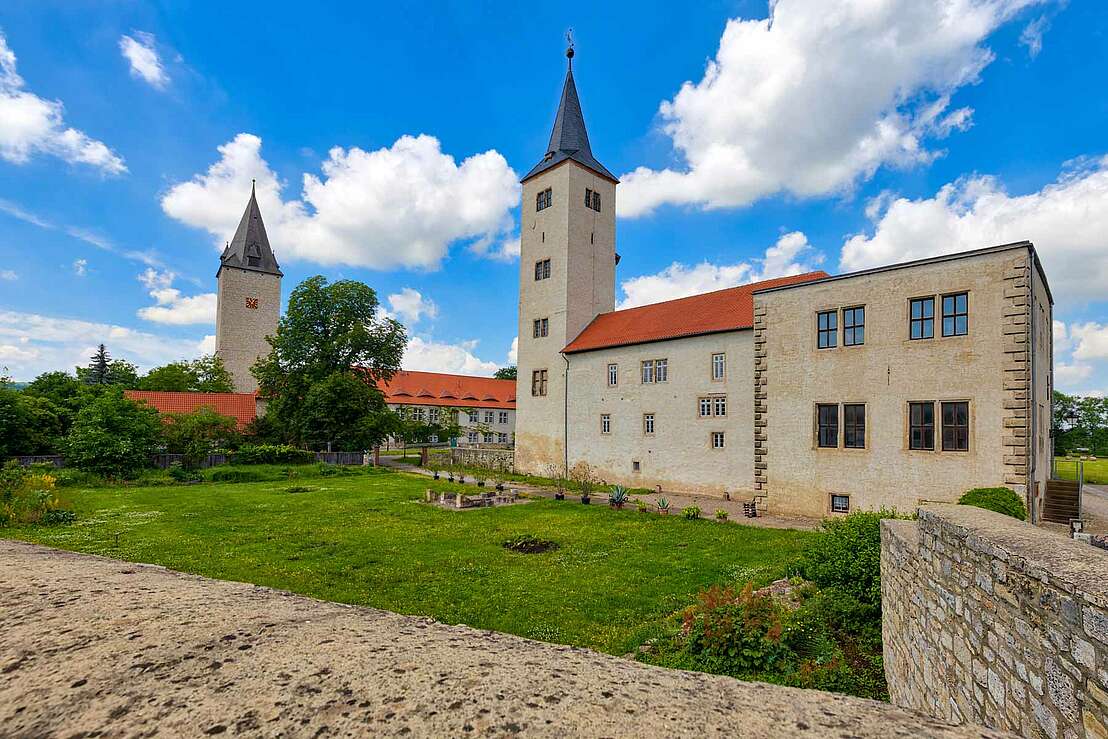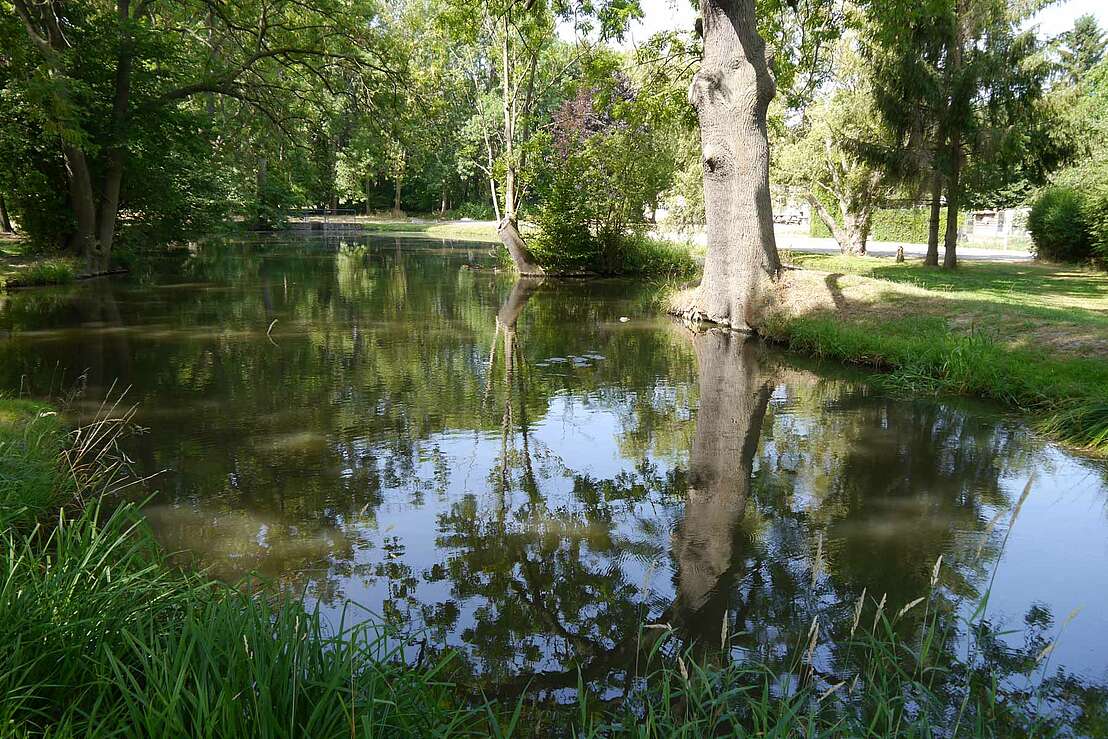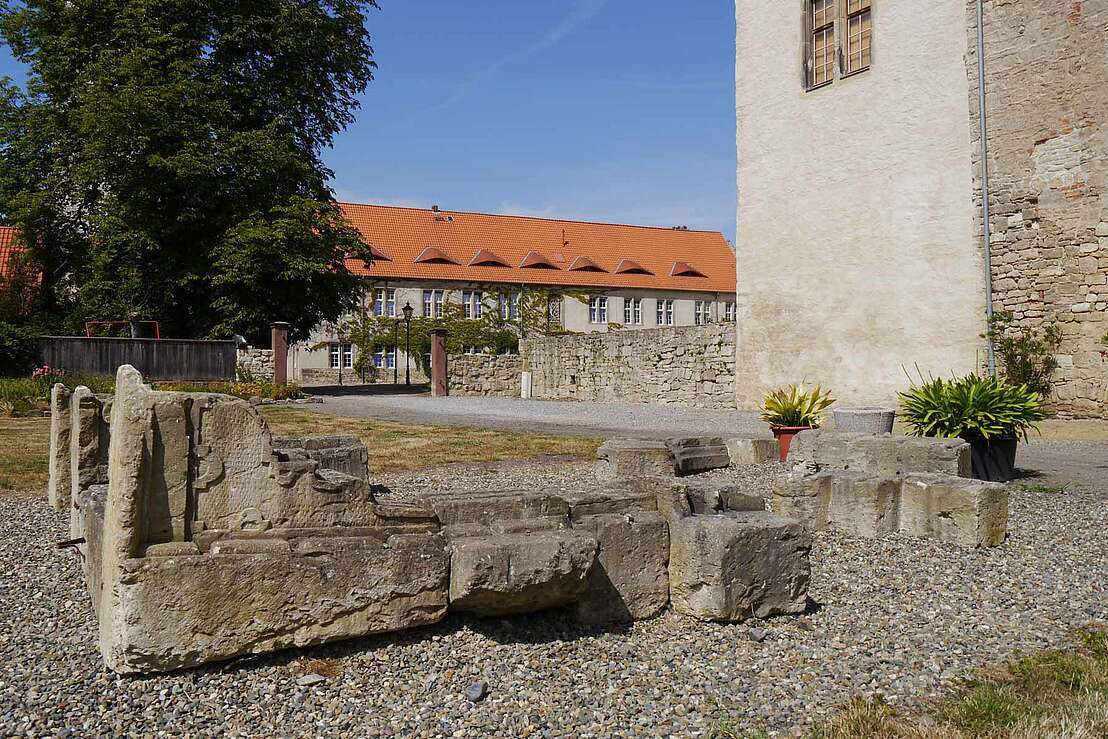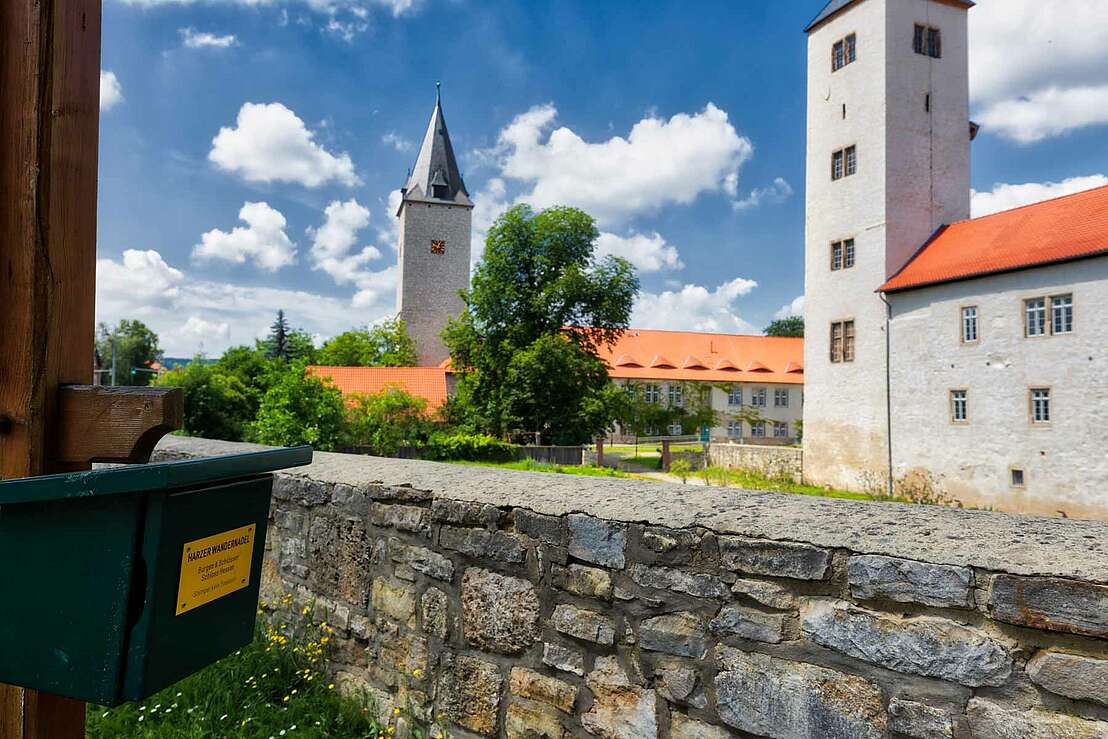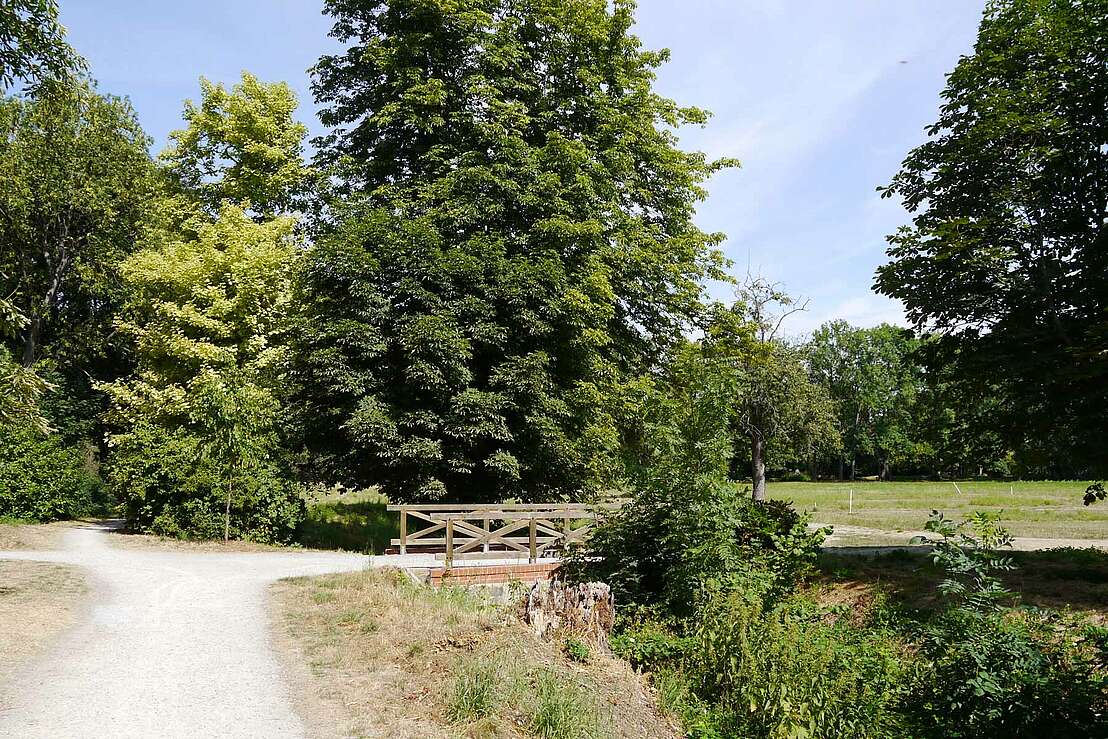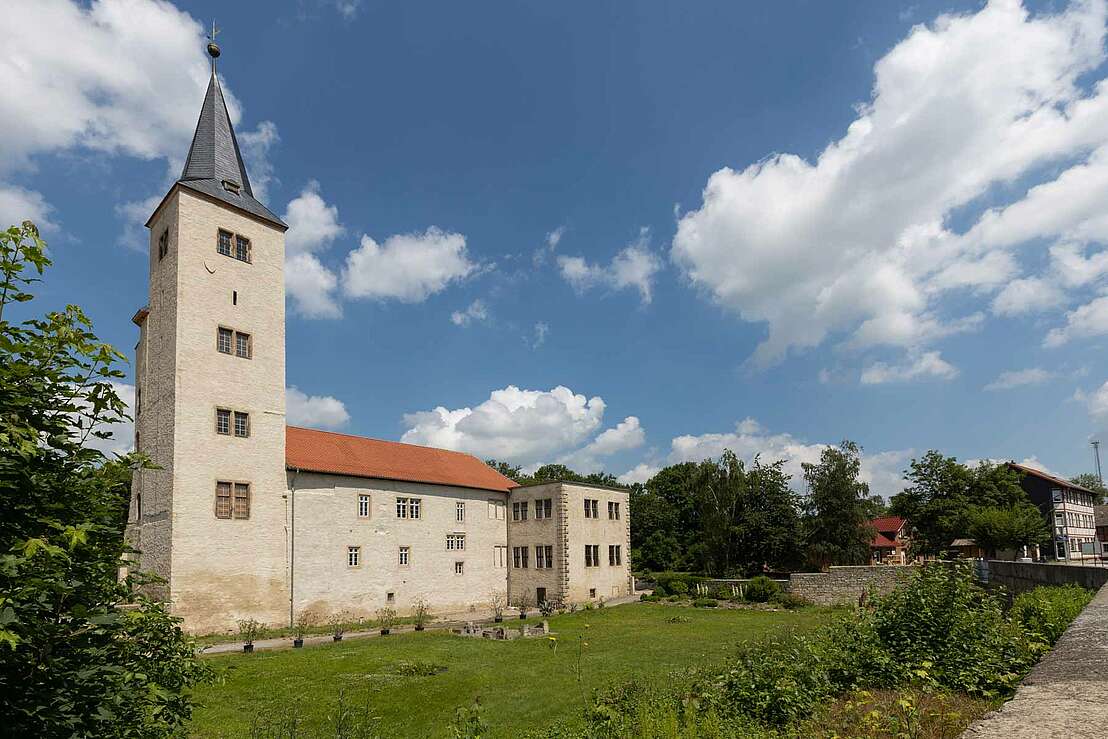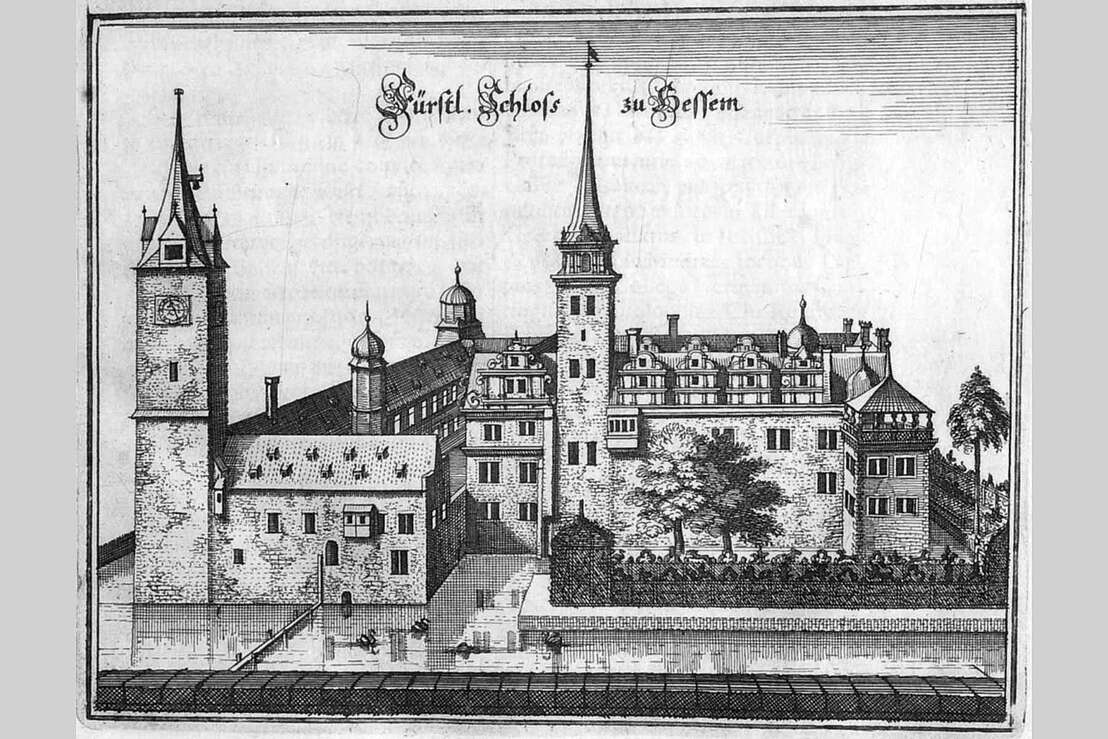Schloss Hessen
Former Guelph castle of the Renaissance in Hesse on the Fallstein
Excursion destinationsHarzspots Vacation planner
| Name | Date |
|---|
The castle complex of Schloss Hessen can be found in beautiful Osterwieck on the eastern edge of the Großer Fallstein. A Renaissance-style princely castle was built here in the 16th century from a medieval moated castle. The Brunswick-Lüneburg dukes resided here in summer. The history of the medieval fortifications is almost unknown. The names of the noblemen of Hesse appeared as the owners of the village and castle in 1129. Johann von Hessen was the last lord of the castle, as the family ceased to exist after 1312. The Counts of Regenstein inherited the castle and village around 1330 and had the castle remodelled some time later, but sold both to the Dukes of Brunswick shortly afterwards. They in turn gave the castle as a pledge to the city of Braunschweig, but received it back around 1408 and the castle entered an eventful period under many pledge holders who showed little interest in preserving the castle.
From 1530 to 1811, there were new buildings and conversions, demolitions, remodelling in the Renaissance style, the pleasure garden was created, the castle was used as a summer residence, it fell into disrepair again, was repaired from 1726 until a major fire in 1811, in which three wings of the main castle burnt down.
Modern times
The castle's severe deterioration has been steadily counteracted since 1990. Continuous renovation work on the roofs, interiors, pavilion, viewing platform, buildings and grounds have allowed Hesse Castle to shine in new splendour today. This has been made possible in particular by a specially founded sponsorship organisation. The first excavations to restore the pleasure garden took place in 2008, various archaeological finds were recovered and a future restoration is being considered.
The castle complex
Part of the original four-winged main castle has been preserved and several buildings of the three-winged lower castle are still in good condition. The late Gothic Hausmannsturm tower of the main castle was given windows in the middle of the 15th century and was inhabited. Access was provided by the stair tower leading into the castle courtyard.
Two of the former four wings of the main castle are still preserved today, the east wing and the south wing. The green room in the east wing still exists; the castle chapel was probably located underneath, as indicated by the walled-up arched windows and the magnificent entrance portal from 1654. The south wing, which dates back to the 14th century, was converted into guest rooms in the 16th century. The Hausmannsturm and stair tower directly adjoin the south wing. The castle complex was only completed when the west wing was built in 1565. There was a brewery in the vaulted cellar. The kitchen on the ground floor heated the Knights' Hall on the first floor, above which the duke and duchess had their chambers. The west wing was demolished in the 1950s.
In around 1580, a two-storey alcove was added to the south wing as a living space, where the court gardener Johann Royer lived around 1600. A wooden superstructure, the viewing terrace, was later replaced by a hipped roof.
The pavilion-like extension, which still exists today, was used as a vocational school in the 1950s.
The lower castle
The lower castle, originally a three-winged building complex, comprised the south wing with the keep, the west wing with the gatehouse and the north wing. The latter, built of stone instead of wood, was used as a barn for storing provisions. Only the outer walls have been preserved. A hunting room, a chamber and rooms for the servants make up the west wing, which has since been renovated. The construction of the adjoining gatehouse with its former drawbridge is thought to date back to the 14th century.
The 45-metre-high keep of the lower castle is still completely medieval today, with the entrance opening at a height of 11 metres. There are no storeys inside and the window openings are not thought to have been embrasures. It is more likely that the very high and strongly designed tower was intended as a status symbol for the builders, similar to the towers of Italian settlements.
From the Harz Mountains to Europe
Many of the artefacts that were housed in Hesse Castle now adorn European museums and castles. In Braunschweig, for example, parts of the bronze figurine decorations from Hesse Castle can be seen in the Herzog Anton-Ulrich-Museum. Other pieces can be seen in the Rijksmuseum in Amsterdam and the Louvre in Paris. At Frederiksborg Castle in Denmark, the organ from 1610, which organ builder Esaias Compenius the Elder built especially for the castle chapel, is still played today.
Events at the castle
Exhibitions and various events take place in and around the castle throughout the year. From various walks, a plant exchange, castle and garden nights, dinner events, concerts and exhibitions to the winegrowers' festival, Oktoberfest and Christmas market, there is something for everyone.
Johann-Royer-Straße 1
38835 Osterwieck
Harzspots gives you the
Komoot Harz Region Package for free!
Use our voucher from the Outdoor Navigators Komoot and get the „"Harz Regions Package“ free of charge. From now on you can get to know all hiking and cycling routes digitally and, if you wish, also voice-guided!
 Rating
Rating Rezensionen
Rezensionen